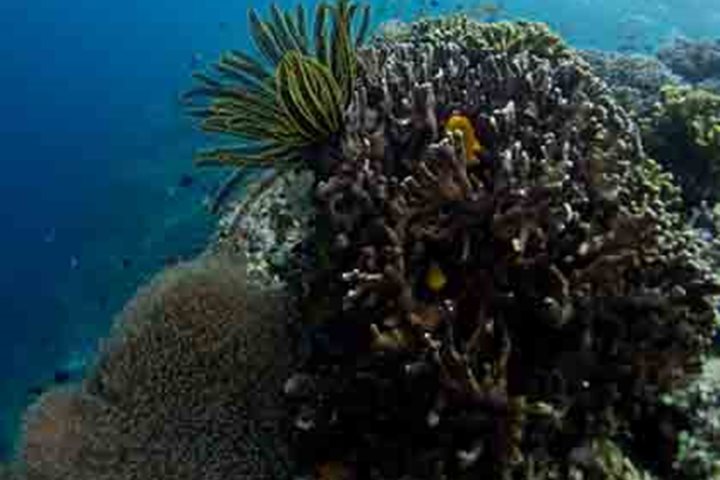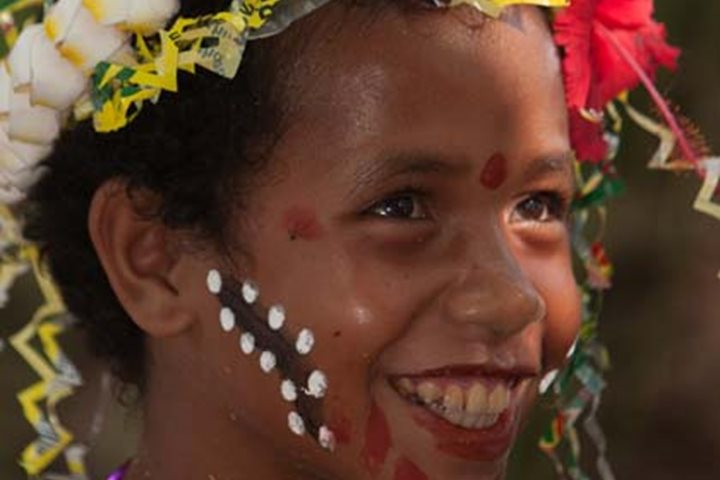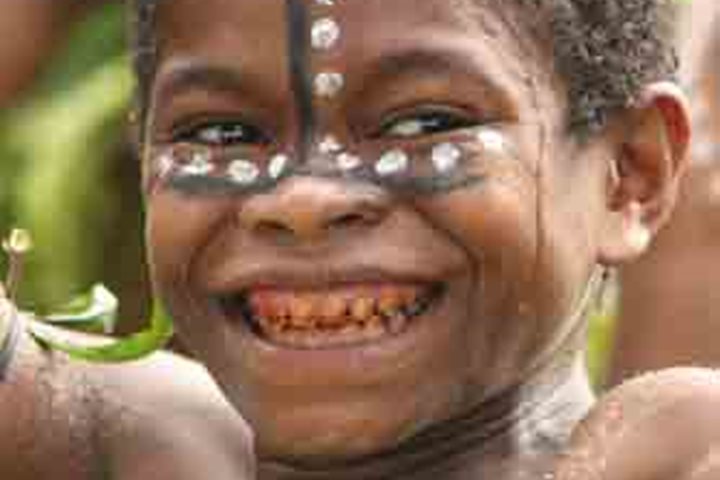Tropical birds like to wake up early. People on an expedition like to see tropical birds. The solution is fairly simple… any grumbling about the necessary math in this equation is quickly nullified upon being shown the exquisite constant that is Raja Ampat. Zipping out in our trusty Zodiacs we pass through a channel of rushing tidal current that divides and separates two of the larger islands. The approach leaves one wondering if in fact you might still be dreaming, as a blushing pink sky tinges morning clouds over the towering tree line. This region is a veritable hot spot of life, with the top three most biologically diverse ecosystem types on the planet (rainforests, reefs and mangroves, in that order), all converging in this one place. Hornbills, sea eagles and parrots fly directly above us as we explore this almost alien landscape of Kabui Bay. Karst limestone formations jut up from the crystal clear waters, pillars of jagged stone adorned with lush green jungle. When the sun finally poked over the clouds we were reminded of the small fact that this was all happening before breakfast! Drifting back through the channel and switching the engine off to swirl silently through the still strong current allowed us to hear the chorusing birdcalls bidding us farewell.
The rest of the day was hardly a remainder, with a presentation from Mike Greenfelder, our charismatic onboard undersea specialist, that illuminated the basics of fish species identification. Now with addition of knowledge that shape, rather than color is the most distinguishing quality when trying to discern the almost overwhelming variety of piscine life, it was time to take to the water. This marine world is teeming with finned fauna; damsels and triggers, clowns and parrots, butterflies and angels. Each family with members as unique and almost imaginary looking that is doesn’t seem statistically possible that so many could exist. With seemingly infinite visibility even those that remained in the glass bottom boat could still clearly see divers down at eighty feet, our exploration of Friwinbonda Island was nothing short of breathtaking. This may in part of been due to some of the current that crept up towards the end of the afternoon… Visually this site was truly astounding, the tall limestone island casting a shadow onto the steep reef below. This results in a somewhat unique ecosystem that allows deep-water corals to thrive in the shallows where they would normally be outcompeted by the more sunlight dependent species. Seeing these normally out of sight organisms up close and personal added up to a truly sensational result and makes leaving this one-of-a-kind place all the harder.









